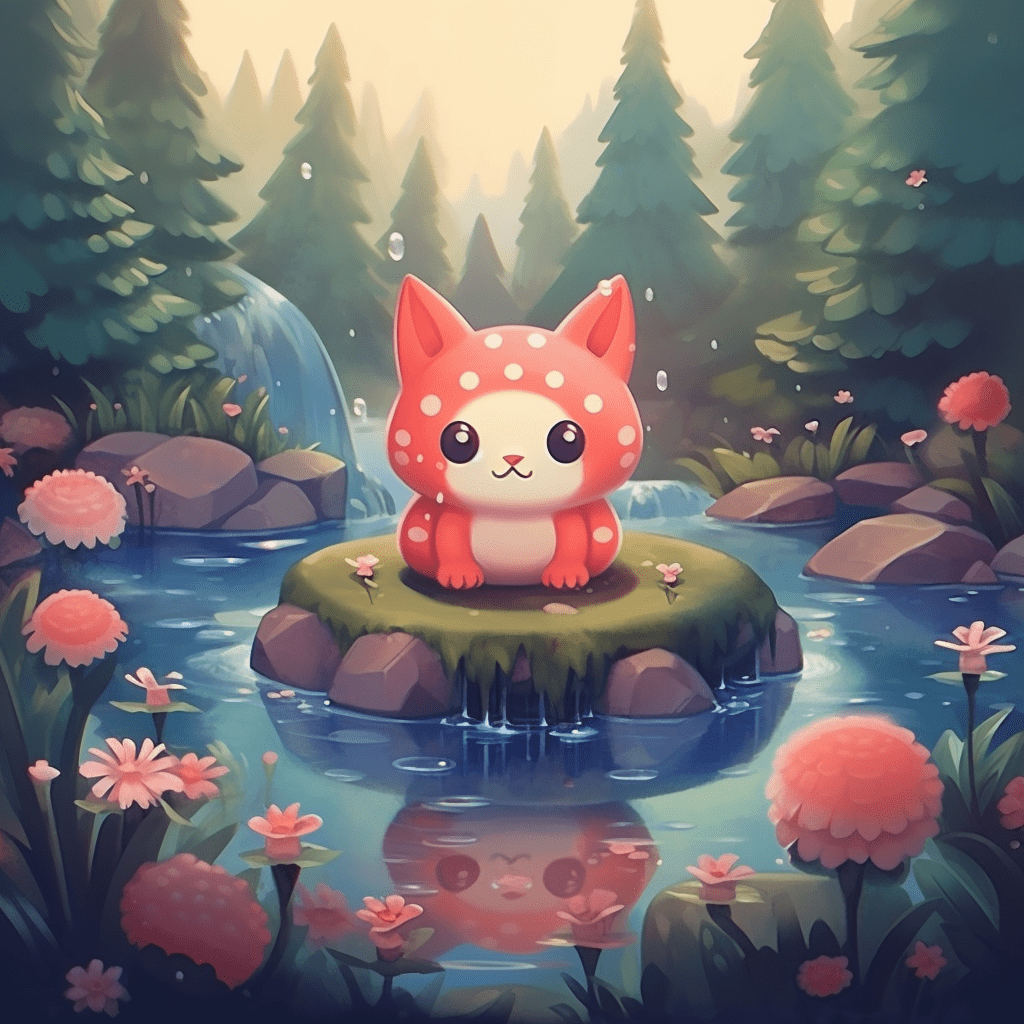As the world of non-fungible tokens (NFTs) continues to grow and evolve, so too do the strategies and techniques for launching and marketing these unique digital assets. For artists, creators, and brands looking to launch their NFTs, staying ahead of the curve and anticipating future trends is crucial for success. In this article, we’ll explore some of the emerging trends and predictions for the future of NFT launches and digital art marketing, helping you stay ahead of the game as you prepare to launch your NFT.

Emergence of new platforms and marketplaces
While established NFT marketplaces like OpenSea, Rarible, and Foundation have played a significant role in the NFT ecosystem, there is a growing demand for new platforms tailored to specific niches or offering unique features. As a result, we can expect to see an increasing number of specialized NFT marketplaces catering to different types of creators, collectors, and investors. These niche platforms may offer better opportunities for artists and brands to reach their target audience and stand out from the crowd.
Integration of AR and VR technologies
As augmented reality (AR) and virtual reality (VR) technologies become more sophisticated and widely adopted, they will likely play a significant role in the NFT space. We can anticipate the integration of AR and VR elements in NFT art and collectibles, allowing users to interact with their digital assets in new and immersive ways. This could lead to more engaging and interactive NFT launches, where potential buyers can experience the art in a virtual environment before making a purchase.
Increased focus on sustainability
As concerns about the environmental impact of blockchain technology and NFTs grow, creators and platforms will need to address these issues to maintain their appeal to a broader audience. We can expect to see a greater emphasis on eco-friendly practices in the NFT space, such as the adoption of more energy-efficient consensus mechanisms like proof-of-stake (PoS), as well as the integration of carbon offsetting initiatives. This shift towards sustainability could become a key selling point for artists and brands looking to launch their NFTs.
Expansion into new industries and use cases
The future of NFT launches will likely see an expansion into new industries and use cases beyond art and collectibles. We can expect to see NFTs being used for a wide range of applications, such as virtual real estate, digital identity, intellectual property rights management, and more. As NFT technology matures, we may also see a greater convergence between NFTs and other sectors, like gaming, fashion, and entertainment, providing new opportunities for creators and brands to tap into these markets.
Increased importance of community building and engagement

Community building and engagement will become even more critical for successful NFT launches in the future. As the market becomes increasingly saturated, artists and brands will need to differentiate themselves by fostering a loyal and engaged community around their work. This could involve leveraging social media platforms, hosting exclusive events or drops for community members, or creating interactive experiences that encourage fans to engage with the NFTs and their creators.
Evolution of NFT marketing strategies
As the NFT landscape evolves, so too will the marketing strategies used to promote NFT launches. We can expect to see a shift towards more innovative and data-driven marketing techniques, such as influencer partnerships, targeted social media campaigns, and the use of analytics to optimize marketing efforts. Additionally, as the market becomes more competitive, a strong storytelling component and unique selling points will become increasingly important in capturing the attention of potential buyers.
Emphasis on authenticity and provenance
With the growing concern about copyright infringement and plagiarism in the NFT space, the importance of authenticity and provenance will only increase. As a result, we will likely see more emphasis on tools and platforms that verify the authenticity of NFTs and track their provenance. This could involve the use of digital signatures, watermarking, and blockchain-based solutions to ensure that NFTs are genuine and traceable back to their original creator.
The rise of NFT curation and expert opinions
As the NFT market becomes more crowded, the role of expert curators and opinion leaders will grow in importance. Just as traditional art collectors rely on the expertise of curators and critics, NFT collectors will increasingly look to trusted voices for guidance on which digital assets to invest in. This could give rise to a new generation of NFT influencers and thought leaders who can shape the market and help guide buyers towards the most valuable and promising NFTs.
Final thoughts

The future of NFT launches and digital art marketing is set to be an exciting and dynamic space, with new platforms, technologies, and strategies emerging to cater to the growing demand for unique digital assets. By staying abreast of these trends and adapting your NFT launch strategy accordingly, you can position yourself for success in the rapidly evolving world of non-fungible tokens.
